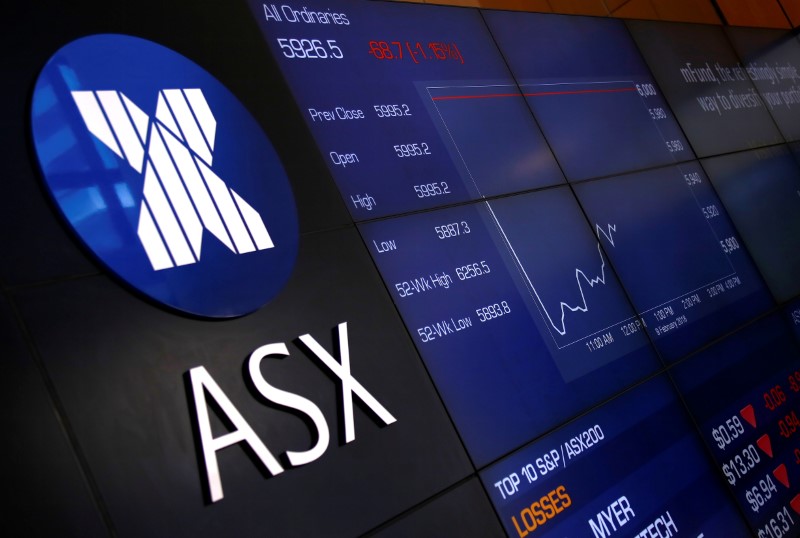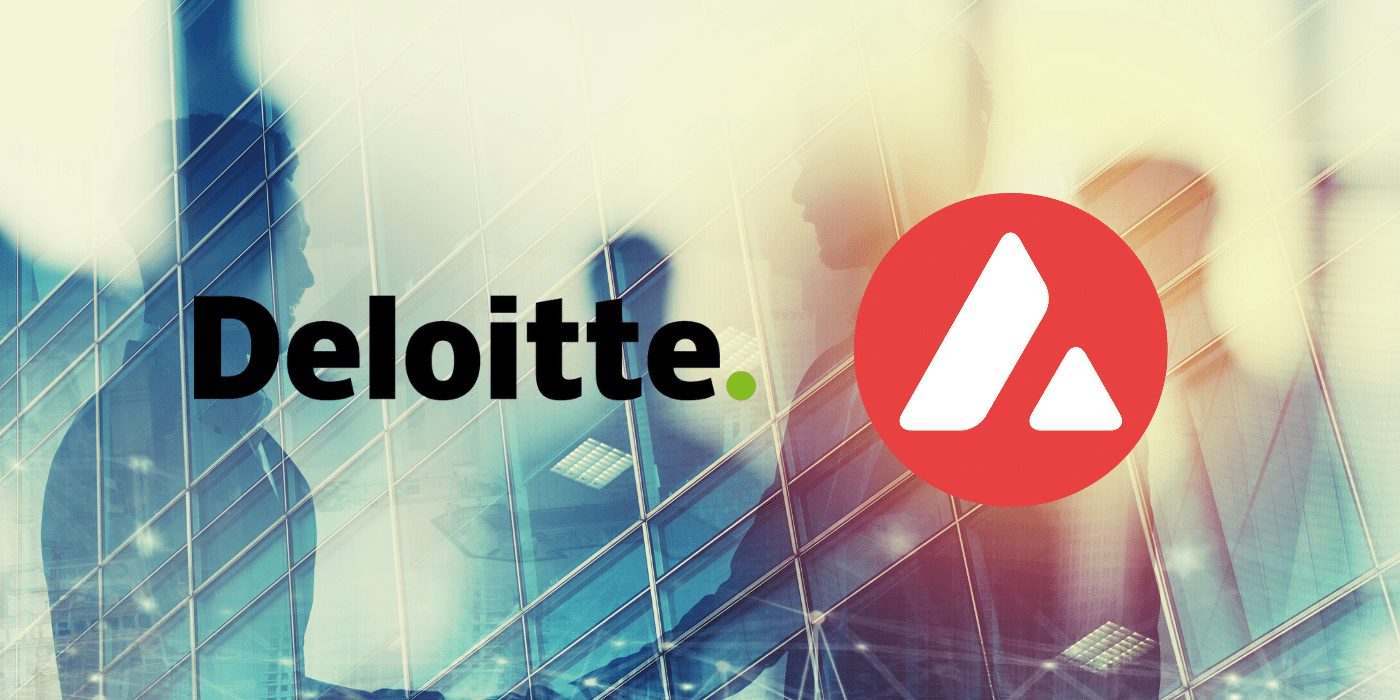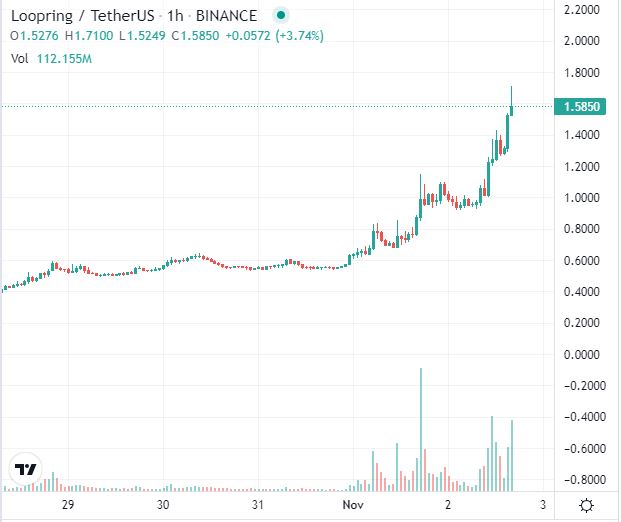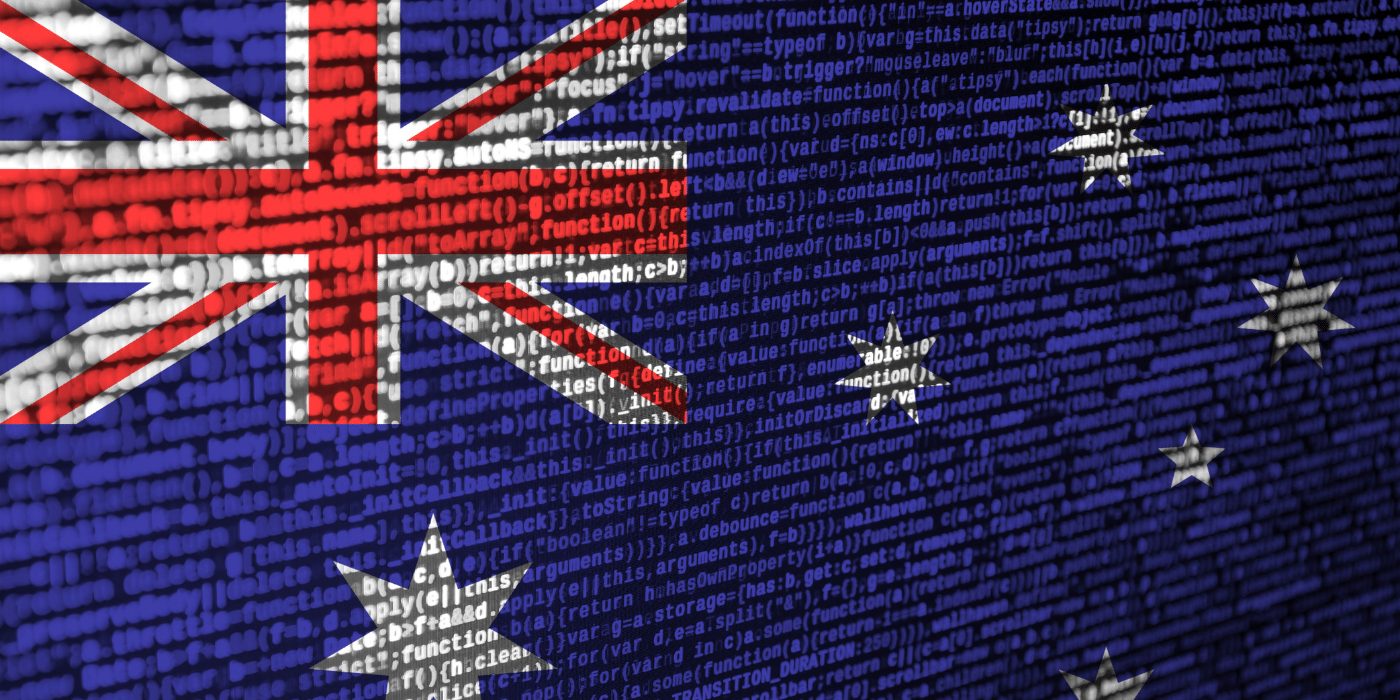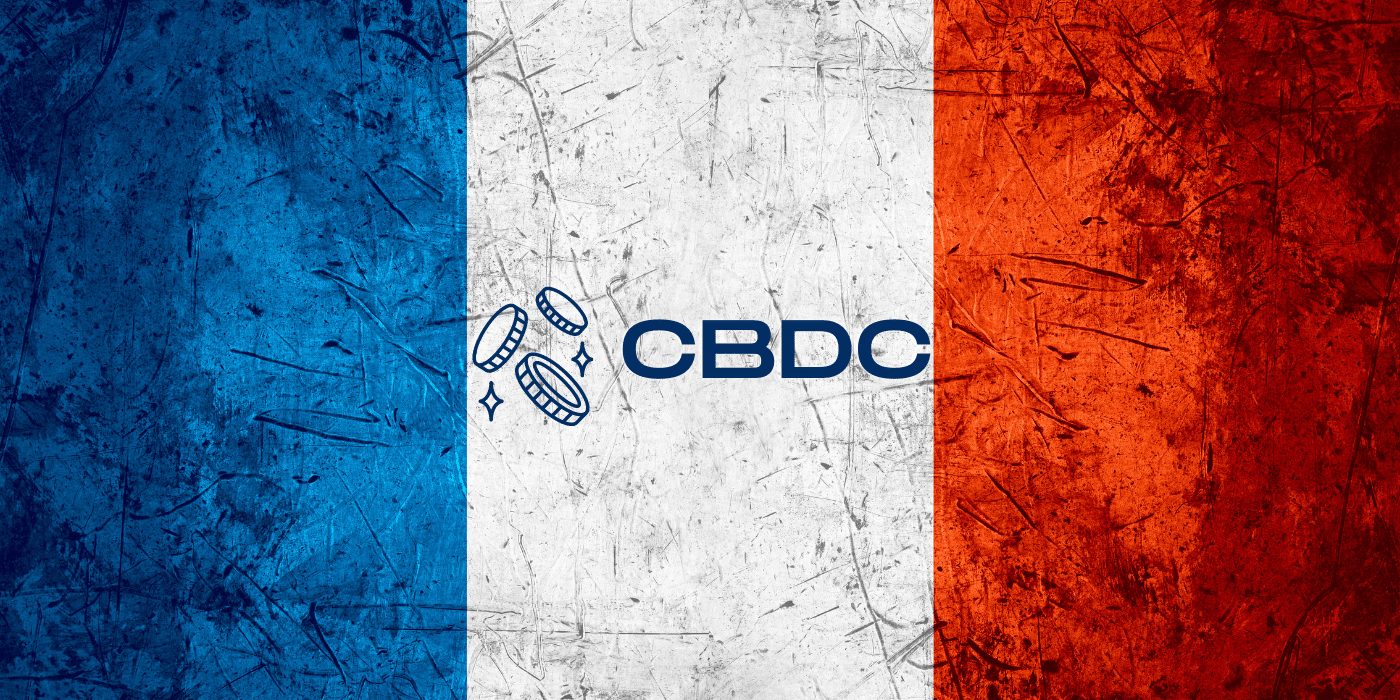UK-based charity the EOS Network Foundation (ENF) has stopped payments to its parent company, Block.one, for allegedly not supporting the interests of the EOS network.
EOS Community Stops Vesting
On December 8, the EOS community elected to take the action against Block.one – the company that designed the EOS blockchain (EOSIO) – for failing to provide the ongoing support that was agreed on for 100 million EOS (10 percent of total supply) over 10 years from launch date.
The top 25 block producers out of 50 have approved a decision to stop the issuance of the remaining 67 million EOS, worth an estimated US$250 million at current prices, that was to be distributed over the next six to seven years.
Through a super majority consensus, the EOS network has taken its future in its own hands by voting to fire Block.one and stop vesting tokens to them. This begins a new era for EOS and highlights the power of the blockchain to enable a community to stand up against corporate interests that don’t align with theirs.
Yves La Rose, leader, EOS Network Foundation
Community Frustrated with Block.one’s Efforts
Over the past three years since the chain’s inception, some members of the EOS community have been disappointed by Block.one’s lack of commitment to developing use cases for the network. Although Block.1 has launched a social media platform known as Voice, the reality is that Voice has turned into an NFT platform.
ENF leader Yves La Rose also mentioned that the coins given to Block.one were meant for the development of “public goods” for the blockchain, and not a social media app or exchange. The chain also lost one of its largest DApps earlier in the year to Binance Smart Chain (BSC).
As a result of the community’s discontent, in August 2021 a group was formed by existing EOS members and block producers called the EOS Network Foundation. It appointed La Rose, who formerly ran the EOS block producer EOS Nation, as its leader and since then has been at odds with Block.one.
In November, La Rose made a speech outlining his plans for the network, stating that EOS had been let down by Block.one and needed to find a new way forward. “What we are experiencing is a shift whereby the EOS community is placing itself in a position to be able to move away from Block.one, essentially forking them out,” La Rose said.
Negotiations over Intellectual Property
Over the next month and a half, the ENF engaged in dialogues with Brock Pierce, co-founder of Block.one. The primary goal was to get hold of the EOS network’s intellectual property, and the main bargaining chip on the ENF’s side was the network’s continuance of payments.
But one key problem, according to the ENF, was that the EOS intellectual property sits on Bullish’s balance sheet, meaning that Block.one would need to purchase it from the exchange. This caused a roadblock since Block.one wouldn’t publicly commit to getting the intellectual property back from Bullish.
Several major EOS block producers met to discuss the matter, and after a series of failed negotiations and disagreements over who would deliver a letter of intent, it resulted in the final vote between the block producers, and here we are. As it stands, it’s unclear if further negotiations could lead to the release of payments and the holder of the IP.



